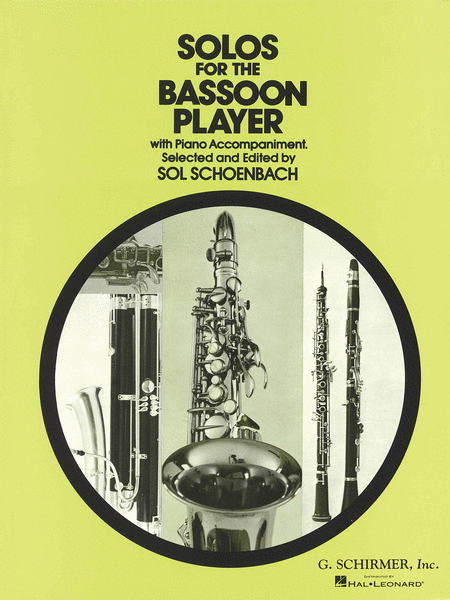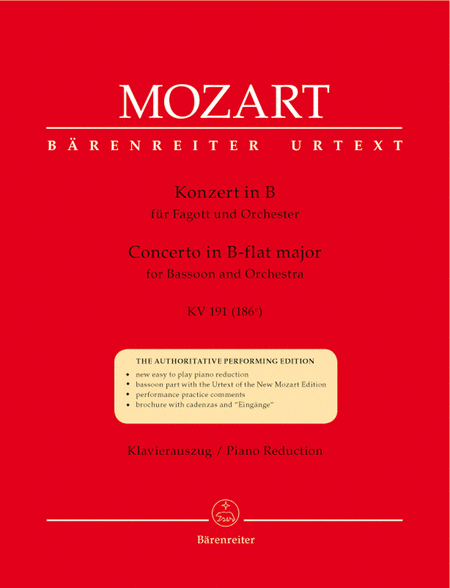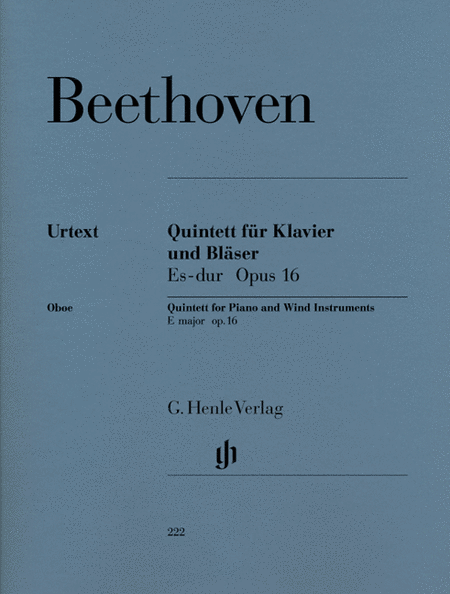Johann Sebastian Bach (1685 – 1750) was a German
composer, organist, harpsichordist, violist, and
violinist of the Baroque period. He enriched many
established German styles through his skill in
counterpoint, harmonic and motivic organisation, and
the adaptation of rhythms, forms, and textures from
abroad, particularly from Italy and France. Bach's
compositions include the Brandenburg Concertos, the
Mass in B minor, the The Well-Tempered Clavier, his
cantatas, chorales, partitas, Passions, and...(+)
Johann Sebastian Bach (1685 – 1750) was a German
composer, organist, harpsichordist, violist, and
violinist of the Baroque period. He enriched many
established German styles through his skill in
counterpoint, harmonic and motivic organisation, and
the adaptation of rhythms, forms, and textures from
abroad, particularly from Italy and France. Bach's
compositions include the Brandenburg Concertos, the
Mass in B minor, the The Well-Tempered Clavier, his
cantatas, chorales, partitas, Passions, and organ
works. His music is revered for its intellectual depth,
technical command, and artistic beauty.
The Mass in B minor (BWV 232) by Johann Sebastian Bach
is a musical setting of the complete Latin Mass. The
work was one of Bach's last, not completed until 1749,
the year before his death. Much of the Mass gave new
form to some of the vocal music that Bach had composed
throughout his career, dating back (in the case of the
"Crucifixus") to 1714, almost always extensively
revised. To complete the work, however, in the late
1740s Bach composed new sections of the Credo such as
"Et incarnatus est". The completed Mass was his last
major composition.
It was unusual for composers working in the Lutheran
tradition to compose a Missa tota and Bach's
motivations remain a matter of scholarly debate. The
Mass was never performed in totality during Bach's
lifetime; the first documented complete performance
took place in 1859. Since the nineteenth century it has
been widely hailed as one of the greatest compositions
in history, and today it is frequently performed and
recorded.
"Quoniam tu solus sanctus" ("For you alone are holy" -
Part I No. 11) is a Bass Aria in D major with obbligato
parts written for solo corno da caccia (hunting horn or
Waldhorn) and two bassoons, no autograph tempo marking,
3/4 time signature. Stauffer notes that the unusual
scoring shows Bach writing specifically for the
strengths of the orchestra in Dresden: while Bach wrote
no music for two obbligato bassoons in his Leipzig
cantatas, such scoring was common for works others
composed in Dresden, "which boasted as many as five
bassoonists", and that Dresden was a noted center for
horn playing. Peter Damm has argued that Bach designed
the horn solo specifically for the Dresden horn soloist
Johann Adam Schindler, whom Bach had almost certainly
heard in Dresden in 1731. Regarding lost original
sources, Stauffer says, "A number of writers have
viewed the clean appearance of the "Quoniam" and the
finely detailed performance instructions in the
autograph score as signs that this movement is also a
parody." Klaus Hafner argues that the bassoon lines
were, in the original, written for oboe, and that in
this original a trumpet, not the horn, was the solo
instrument. John Butt agrees, adding as evidence that
Bach originally notated both bassoon parts with the
wrong clefs, both indicating a range an octave higher
than the final version, and then corrected the error,
and adding that "oboe parts would almost certainly have
been scored with trumpet rather than horn." Stauffer,
however, entertains the possibility that it may be new
music.
Although originally written for hunting horn, Bassoons
& Bass Voice, I created this arrangement for Bassoon
Quartet. |











